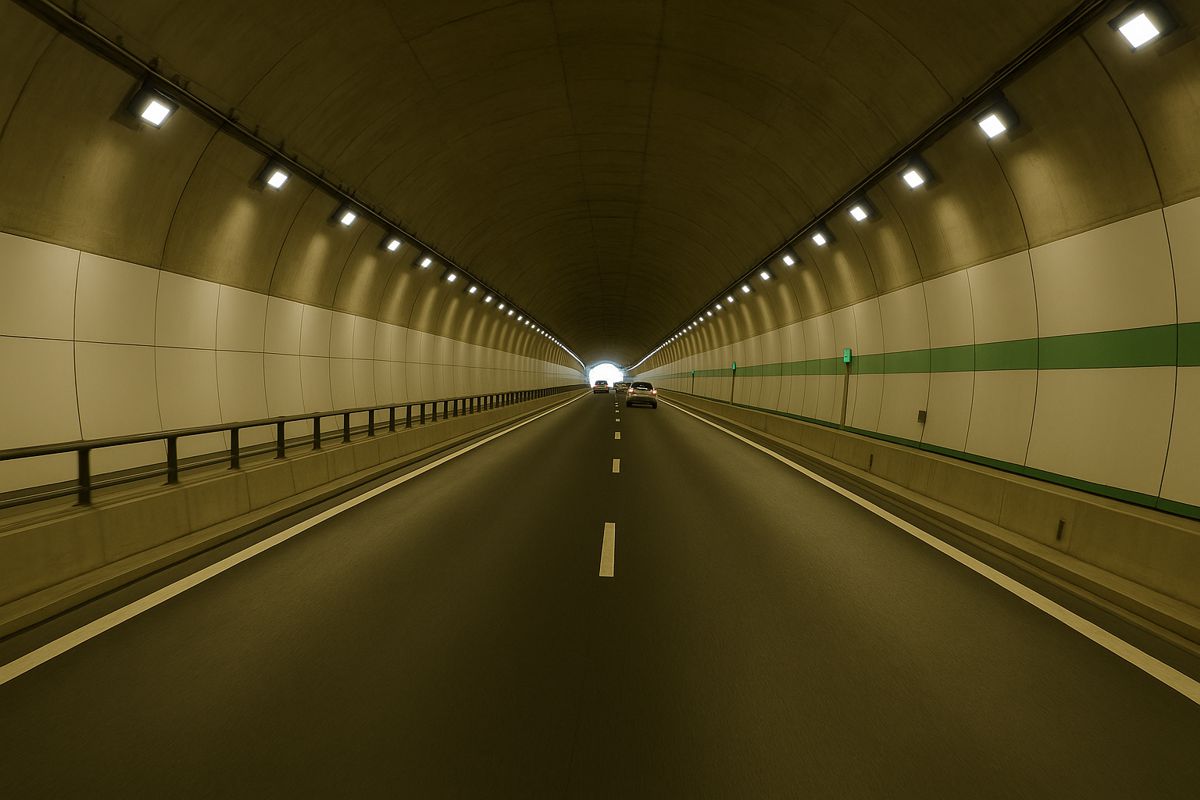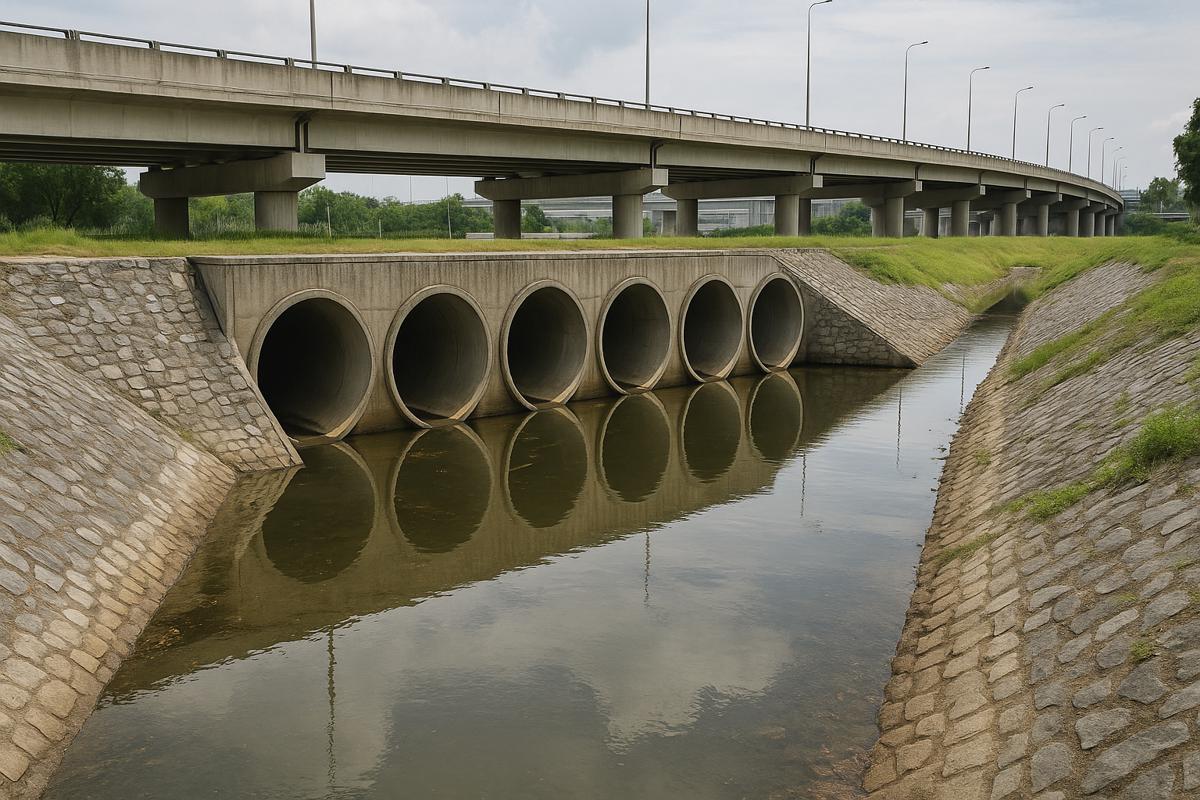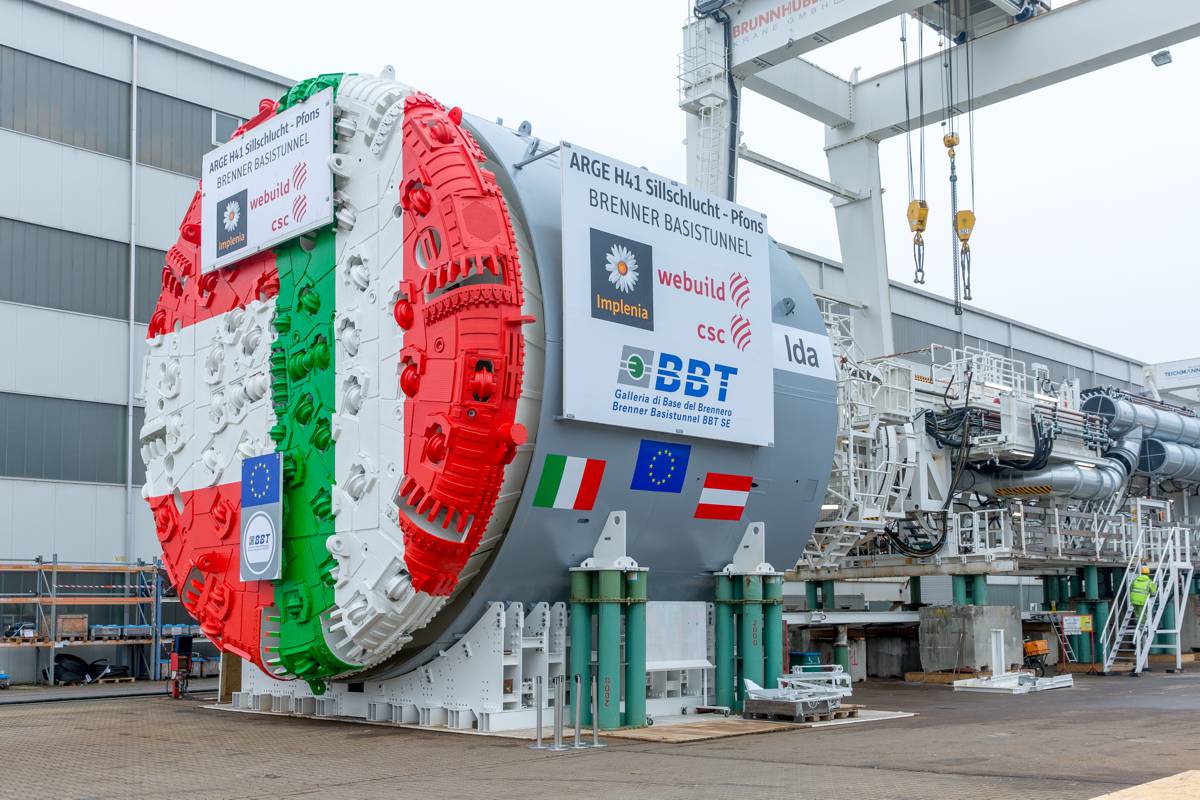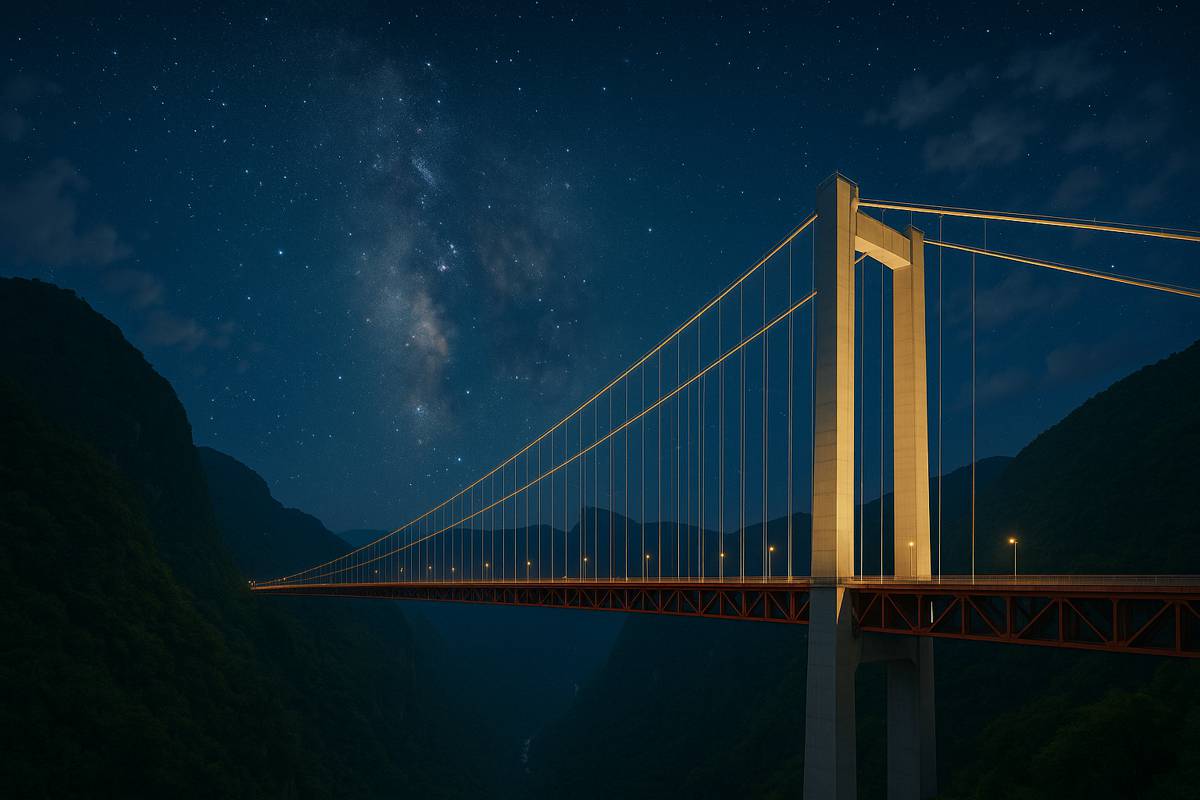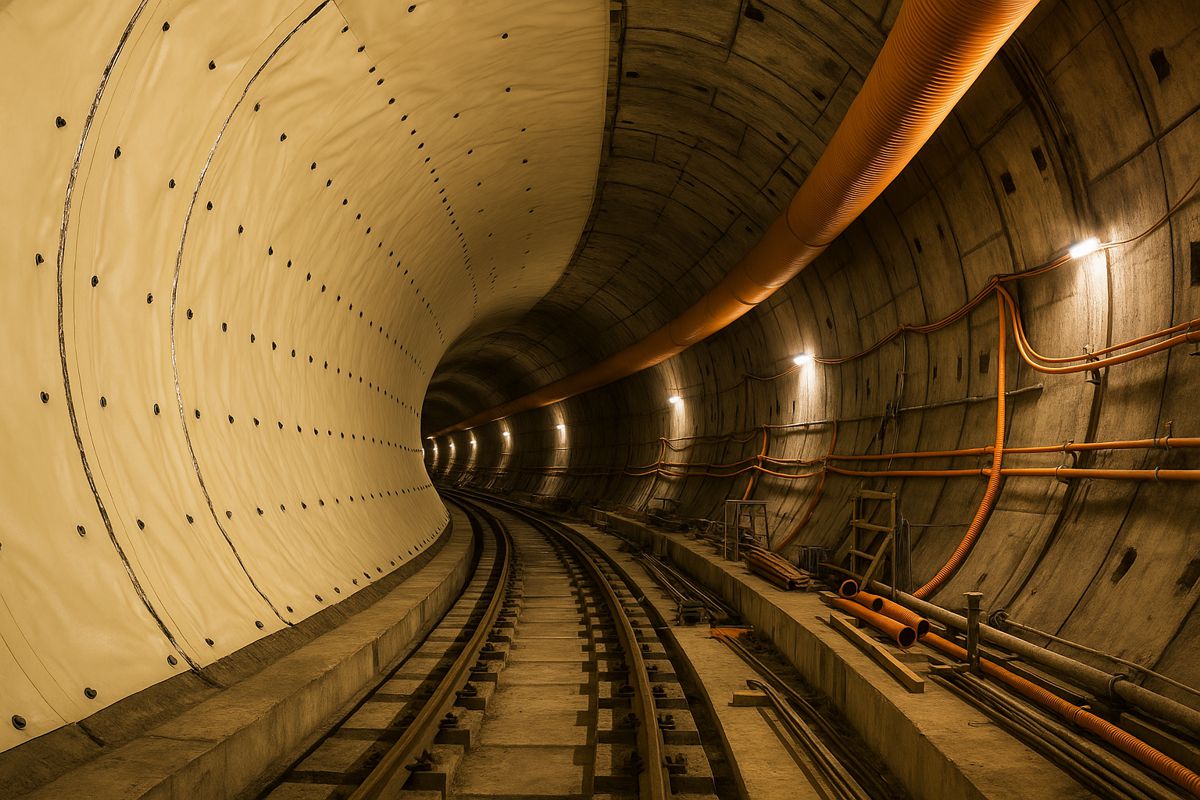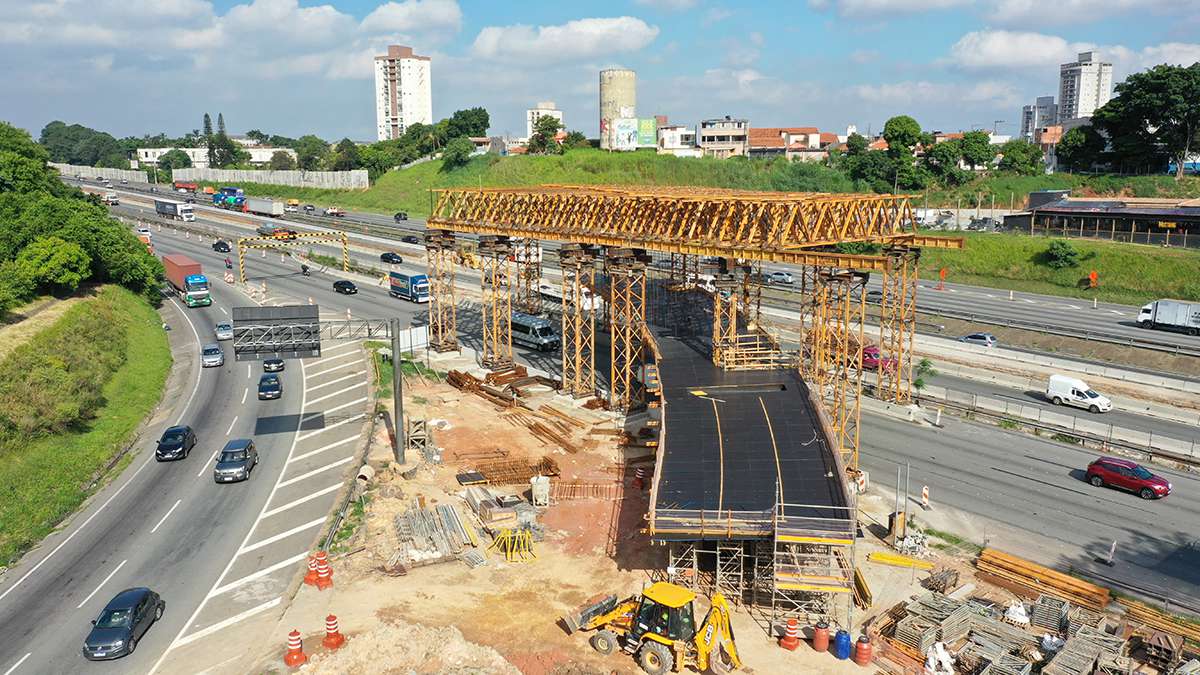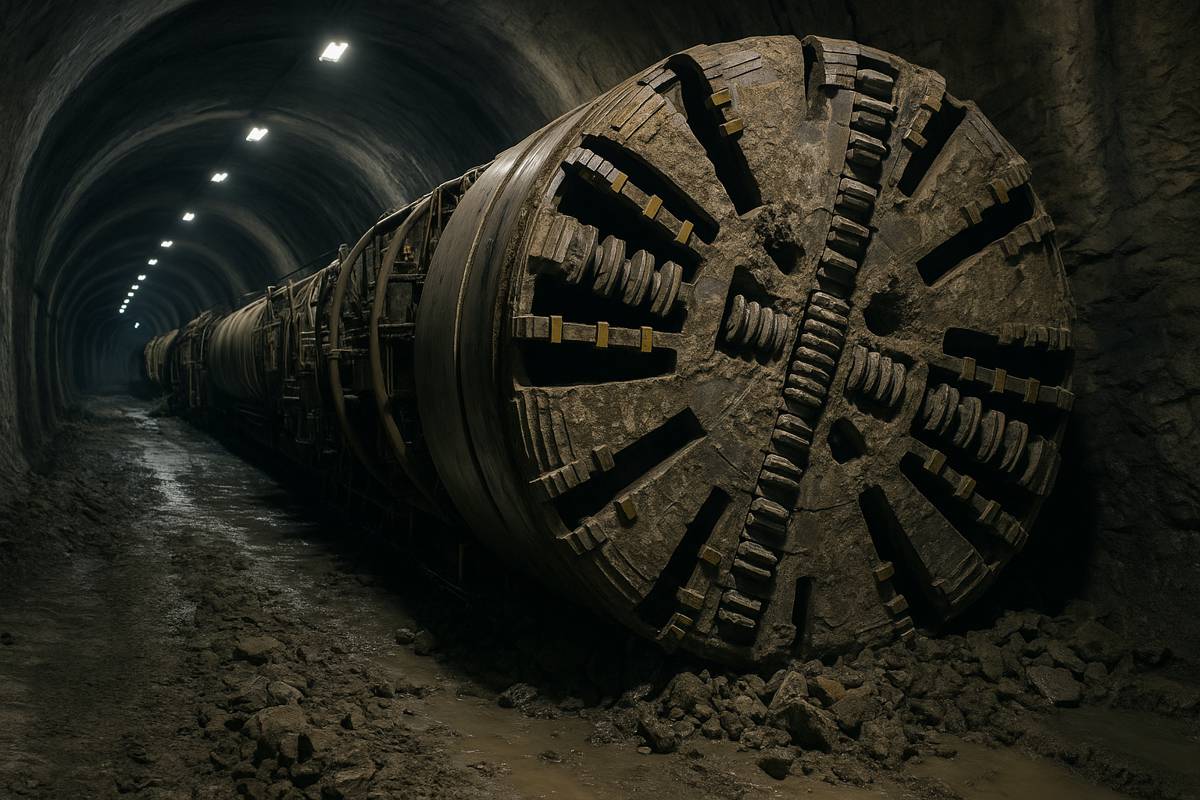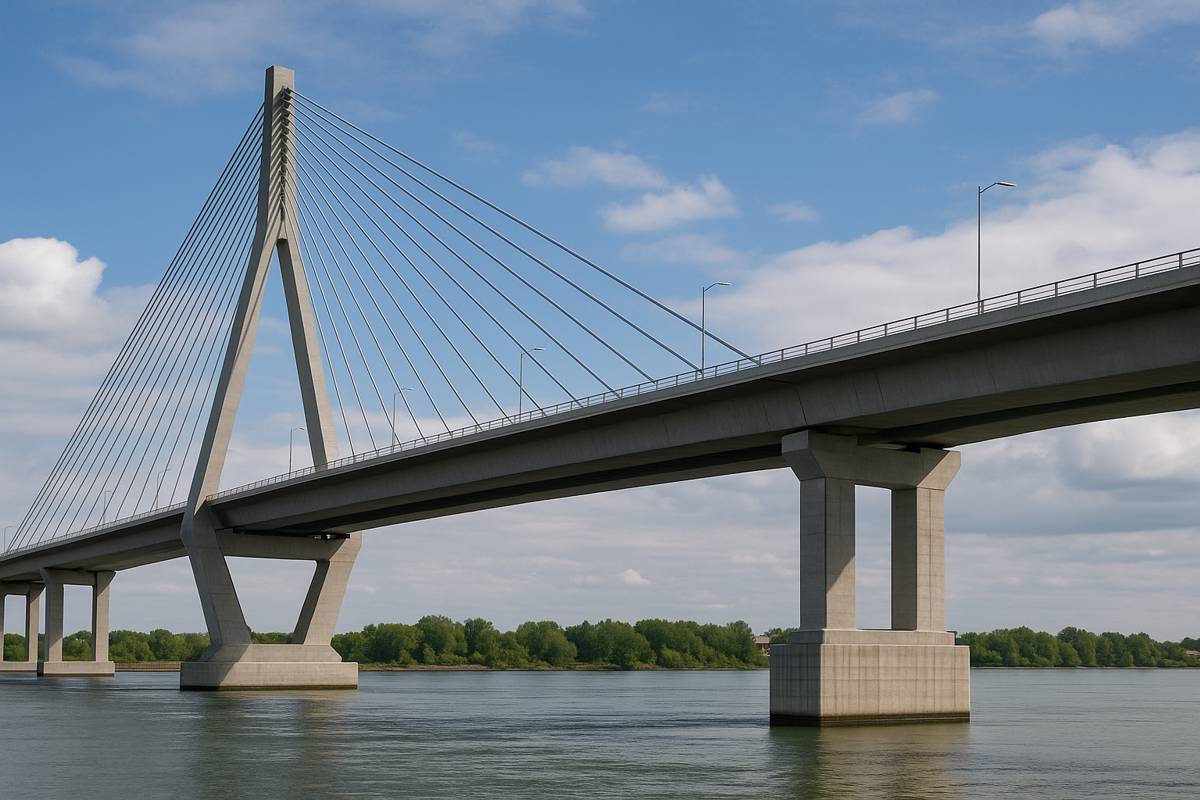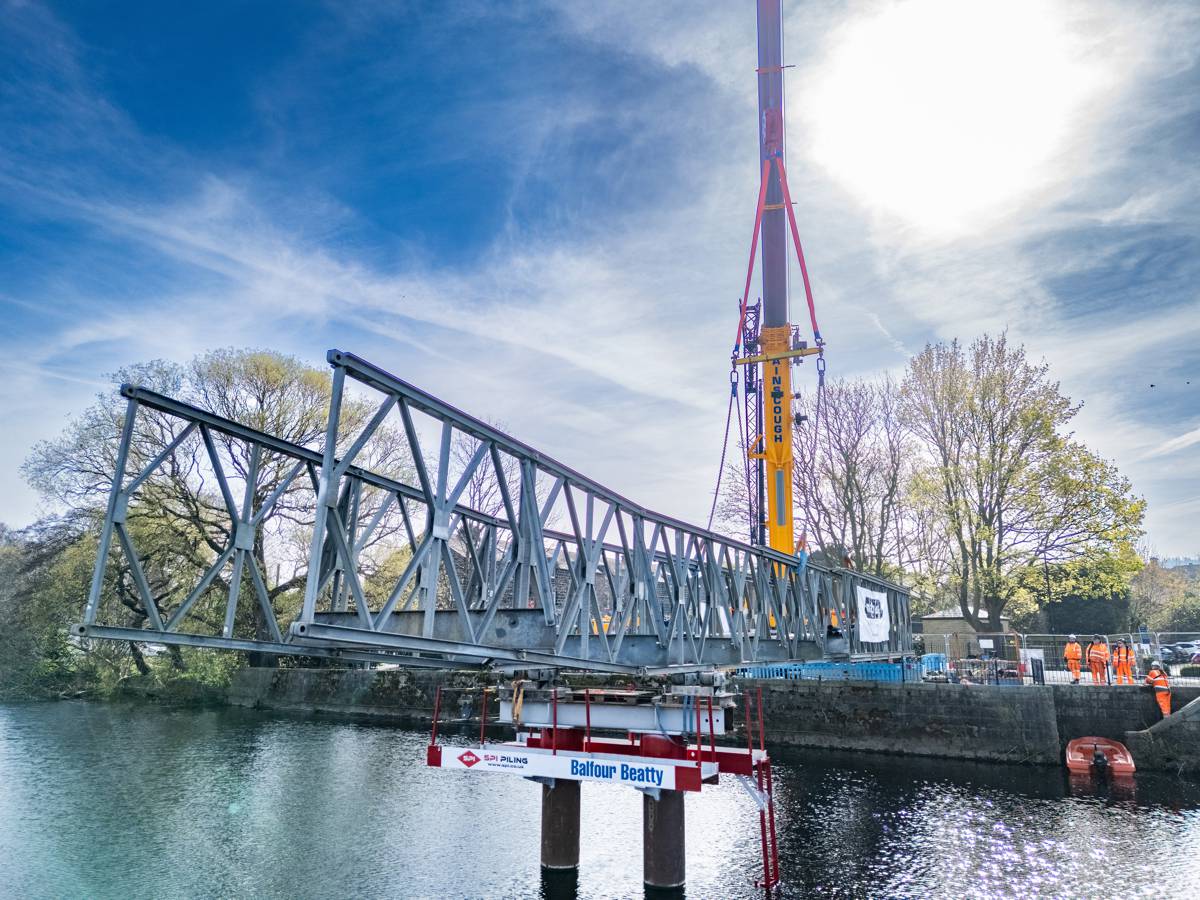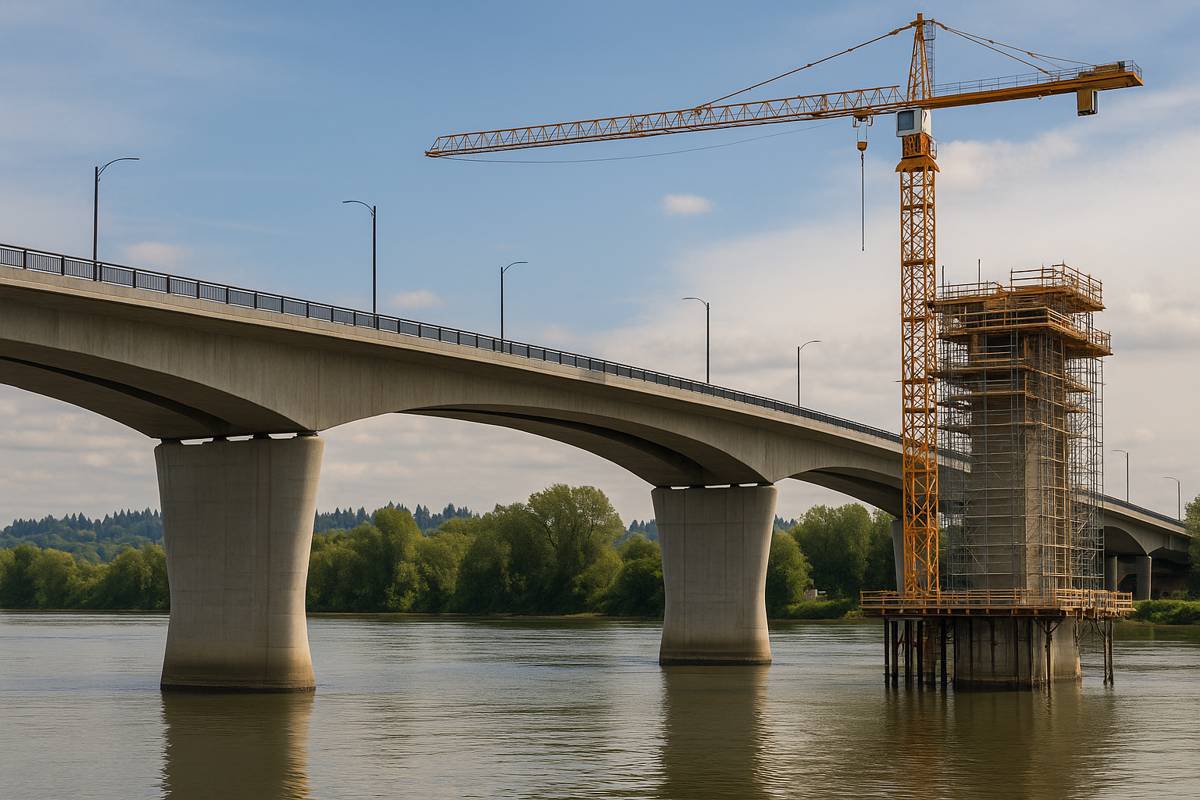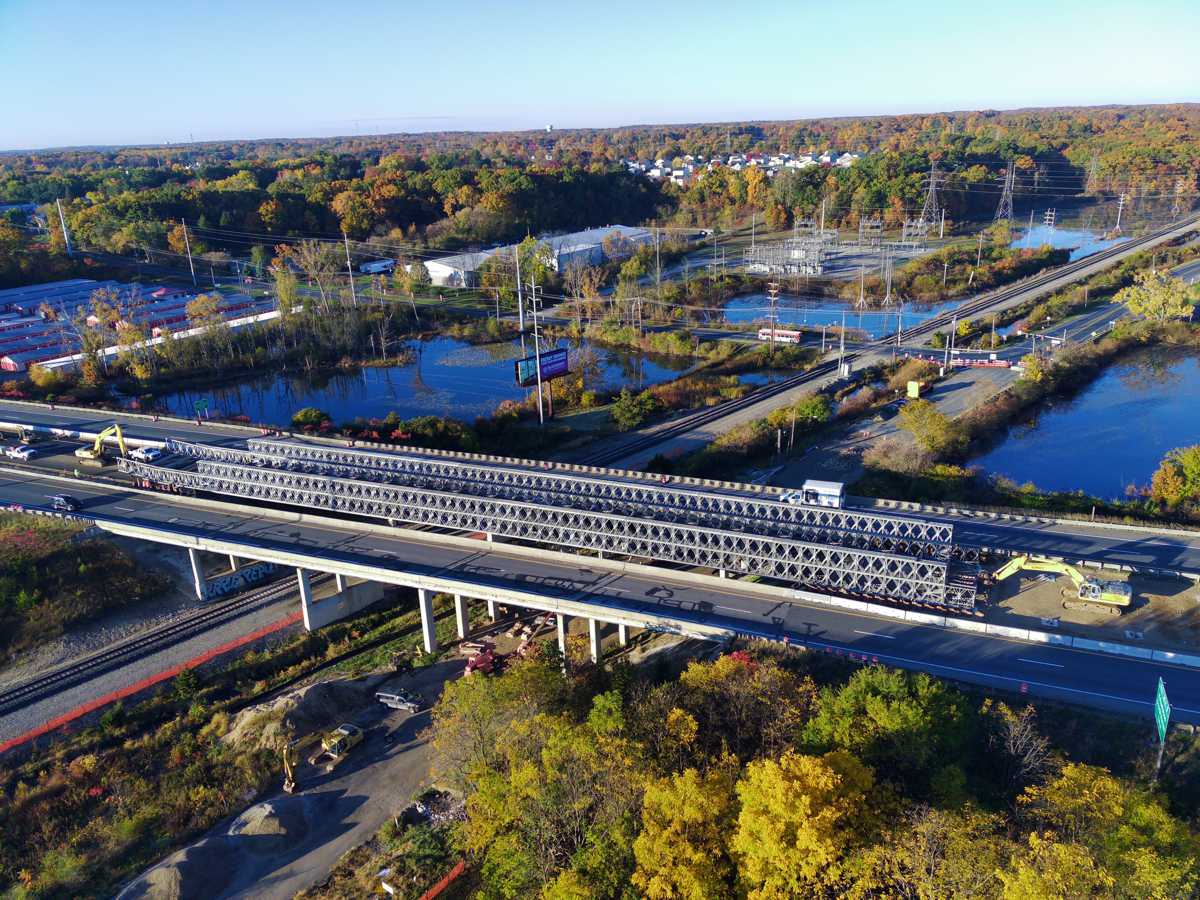On track with the Formwork Experts
As an increasingly large proportion of the population is concentrated in cities, metro systems have become a crucially important mobility factor. Passenger numbers worldwide have increased by approximately 8.7 million in the last six years.
According to current estimates, the global metro rail network will be expanded by 1,400 km per year. Doka is involved as a formwork expert on a large number of metro projects all over the world, providing the best solutions for a variety of construction methods.
Globalisation, urbanisation and digitalisation are the three megatrends currently shaping global economic growth. This growth is, in turn, creating enormous demand for the development of private and public sector infrastructure such as power plants, electricity grids, water supply and treatment plants, roads, railways, airports, bridges, telecommunications networks, schools, hospitals and much more.
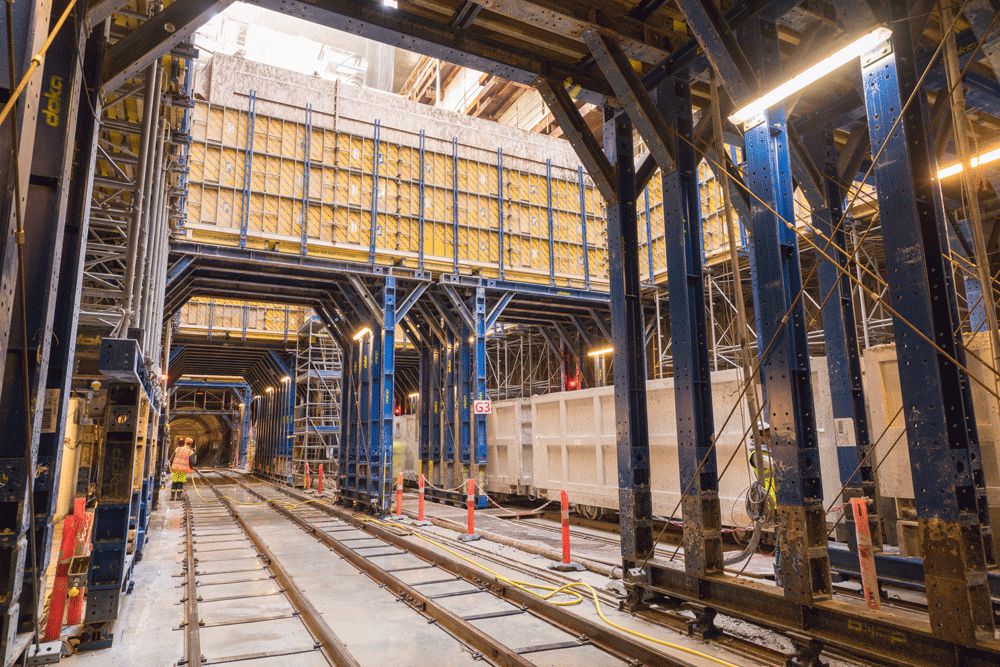
Rapid urbanisation in developing countries and continuing urbanisation in advanced economies will be the main drivers of infrastructure investment in the coming decades. Other aims will include achieving a significant reduction in road traffic and environmental pollution. Metro systems are playing an increasingly important role in this context. There is a clear global trend towards further expansion to reach as many regions as possible and transport the largest possible number of passengers. The latest statistics show that 168 million passengers worldwide use metros as a means of transport every day.
According to the International Association of Public Transport (Union Internationale des Transports Publics – UITP), the global metro landscape today comprises 640 lines in 182 cities and 56 different countries, covering 13,811 km and serving 11,043 stations. A total of 75 new metros have opened since the year 2000, most of them in Asia. In 2018 alone, metro projects covering a total of 960 km were completed in 17 countries and 39 cities. 62% of these are new lines, and 38% are line extensions. The association anticipates an average expansion of the metro rail network by 1,400 km per year for the years 2018-2022.
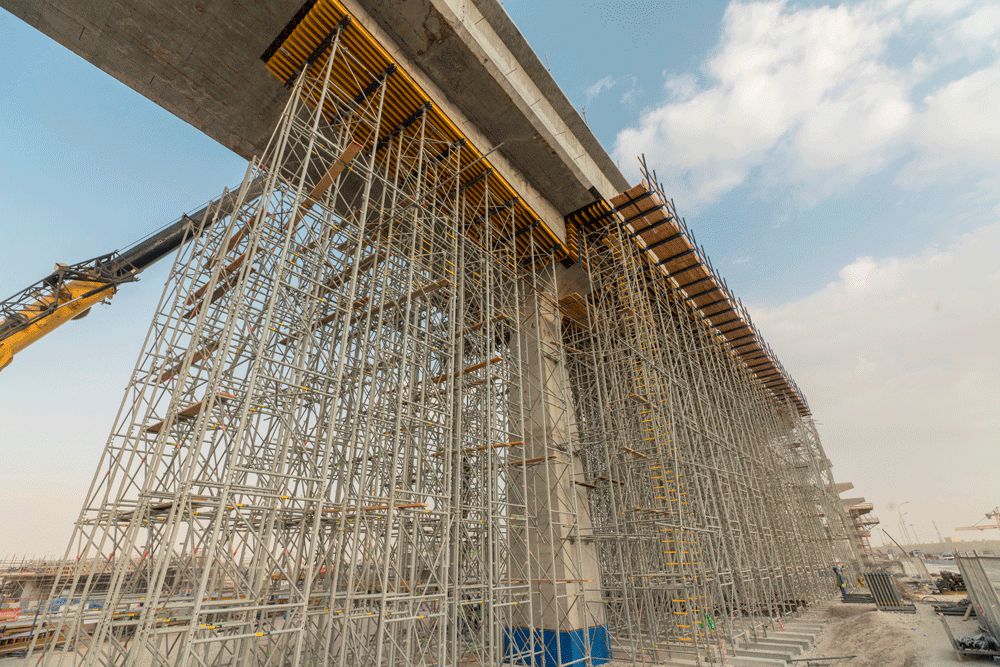
The ideal Doka formwork solution for every construction method
Metro construction projects are generally divided into a number of individual construction lots, often involving different construction methods. This makes them highly complex to plan and implement. Doka distinguishes between three different construction methods for metro lines and stations: underground, ground-level and elevated. The most common construction method for meeting urban conditions involves constructing the lines and stations underground. Here again, there are three different options: cut-and-cover method, mining method and the top-cover method.
Cut-and-cover methods are generally used in places where there is little ground coverage. Space is generally very limited in urban areas, however, and the excavation pits are secured by means of bored piles, sheet piling or diaphragm walls. The modular tunnel system DokaCC allows rectangular and circular tunnel cross-sections to be formed rapidly and economically while employing the cut-and-cover method.
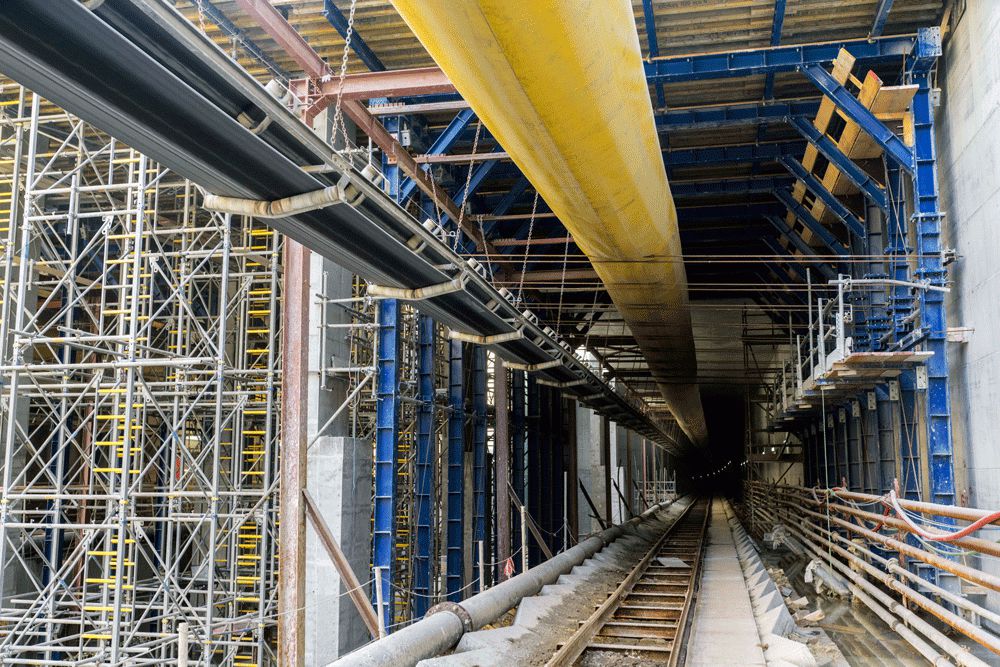
For tunnels constructed using closed, mining construction methods, the required cavity in the mountain is created by conventional or mechanical driving methods and secured by trailing equipment. Here, unlike the cut-and-cover method, the formwork or formwork carriage has to absorb all the pressure from the fresh concrete. The heavy-duty supporting system SL-1, our heavy-duty modular system for tunnel construction, offers comprehensive formwork solutions for a wide range of tunnel cross-sections, regardless of shape and complexity. The sophisticated grid also ensures that it can be adapted to accommodate every load.
Top-cover is the method of choice in urban areas. This construction method involves creating bored pile or diaphragm walls and then placing a cover directly on top and concreting it into place. The tunnel is then excavated, and the base slab and facing (the shell lining the tunnel walls) are concreted.
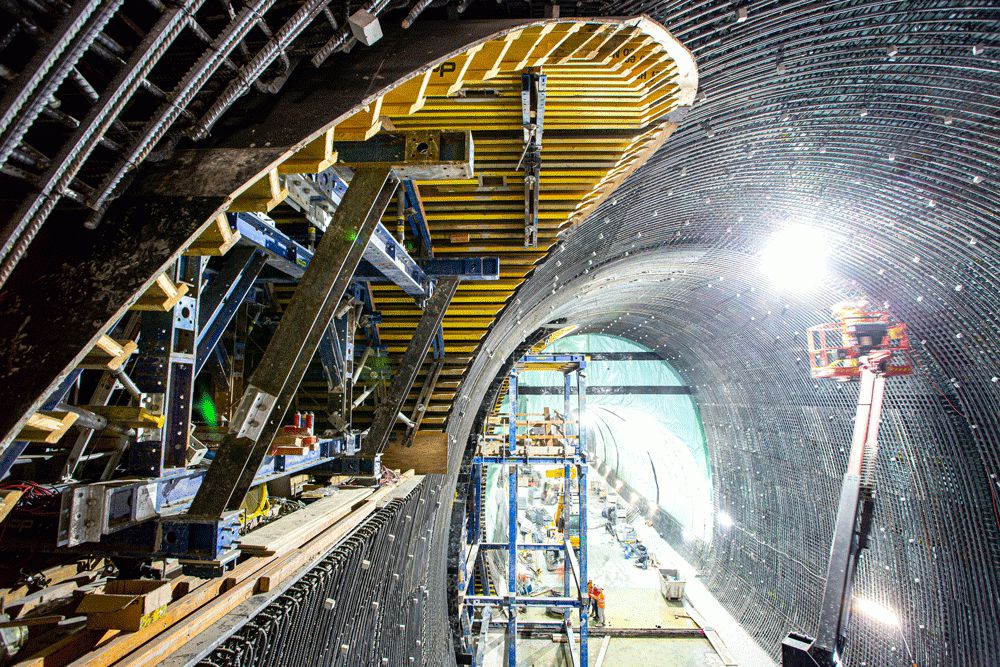
The fastest and most straightforward option for metro construction is the ground-level method. Standard formwork systems are primarily used here. However, this construction method is rarely used in urban areas due to the lack of space.
The elevated construction method involves building the line and the station on top of permanent piers, depending on the available space and geological conditions. All the usual construction methods commonly employed in bridge construction can be used here.
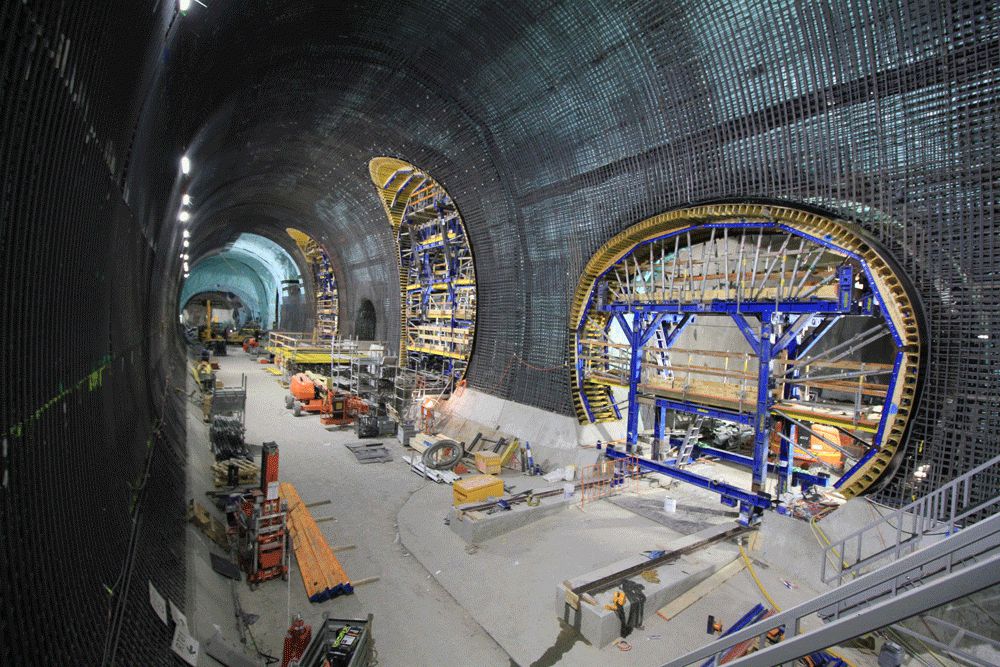
The following international projects illustrate how Doka uses a variety of formwork systems to implement major metro projects:
- Sydney Metro, Australia
- Cityringen Copenhagen, Denmark
- Doha Metro, Qatar
The metro hall of fame:
- Oldest underground railway: 1863 – the year the “Metropolitan Railway” (known today as the “London Underground”) was commissioned in London, UK
- Longest rail network: 639 km – the Shanghai Metro, China
- The largest number of stations: 472 – the New York City Subway, USA
- Deepest underground station: 105.5 m – Arsenalna Station, Kiev, Ukraine
- The largest number of passengers: approx. 3.8 billion per year – Beijing, China










